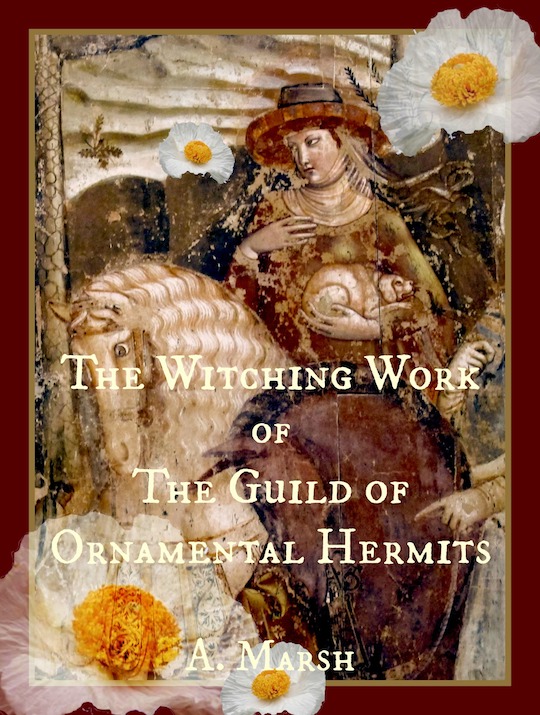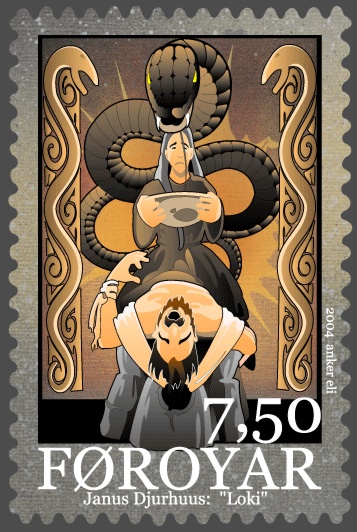Loki has always been a “muse extraordinaire!” People love to write and sing tales of the exploits of Loki Laufeyjarson, the Northern trickster. From fan fiction to published novels, modern writers are no exception. I didn’t plan on making my second Guild of Ornamental Hermits fantasy novel all about Loki,” but he stepped into the plot during last year’s National Novel Writing Month (NaNoWriMo). I’ve been working on the book since then, and now, in the 2019 NaNoWriMo contest (goal: complete 50,000 words in one month), I am certain I’ll complete the first draft of the novel before December. (The book already weighs in at about 68,000 words.)

I’ll try to provide a short glimpse of the book without too many spoilers. In the first book, The Dire Deeds of the Guild of Ornamental Hermits, my plucky gang of intentional community oddballs, known as “the Hermits of Hermitville,” were living happily on twenty acres of jungle and agricultural land in Pahoa, Hawai’i (the “Big Island”). But tragedy struck, Elves showed up, and chaos prevailed. The book is “a tale of mid-life magic” and if you’re over the age of fifty, you perhaps can appreciate the challenge of learning magic(k) in the midst of a (mid-life) crisis.
This second book, The Witching Work of the Guild of Ornamental Hermits, finds the Hermits fleeing to another location, here in California. And Loki, in his guise of “Lucky LaFey, a drifter,” bursts into the book from the very start. And my writing life will never be the same.
The Witching Work has a lot to do with Loki as a parent. He’s the mother of witches (in my book there are seventeen), a co-father to one of my book’s characters (that’s a bit of a spoiler), and also the heartbroken parent of Váli, the son who was transformed into a wolf by the Aesir, and who then killed his little brother, Nari. Nari’s entrails were used to bind Loki to a rock, while he writhed under serpent venom whenever Sigyn had to empty the bowl she held above him (to catch the dripping poison).

[Note: in some versions of this tale, Váli is named Narfi. I thought it would less confusing to use the name Váli.]
Loki’s seventeen witch daughters also appear in the book. They call him “Mapa” as he gave birth to them. Loki’s ever-complicated love life is also on display.
Loki the actual “Norse god” can be very interactive with those who pay him any attention. Since he is my “most trusted one” in my polytheist pantheon, he gets quite a lot from me. He seems to be quite willing to serve as a muse as well as my beloved deity and teacher (especially when the book is “all about him”). I enjoy his shameless delight in his own stories.
The beauty of this is that Loki, a shapeshifter, changes shape as a literary character too. “My” Loki (written and worshipped) is very different from “your” Loki, or the Loki of any other writer or devotee. He actively invites the union of my imagination with his inspiration, and laughs happily with the results. With his help, I’ve produced over 13,000 words in five days since Nov. 2nd. And the results are amusing and gratifying.
And now–I leave you to dive back into my manuscript, which is will get much more attention this month than my blog.
Hail Loki!
####